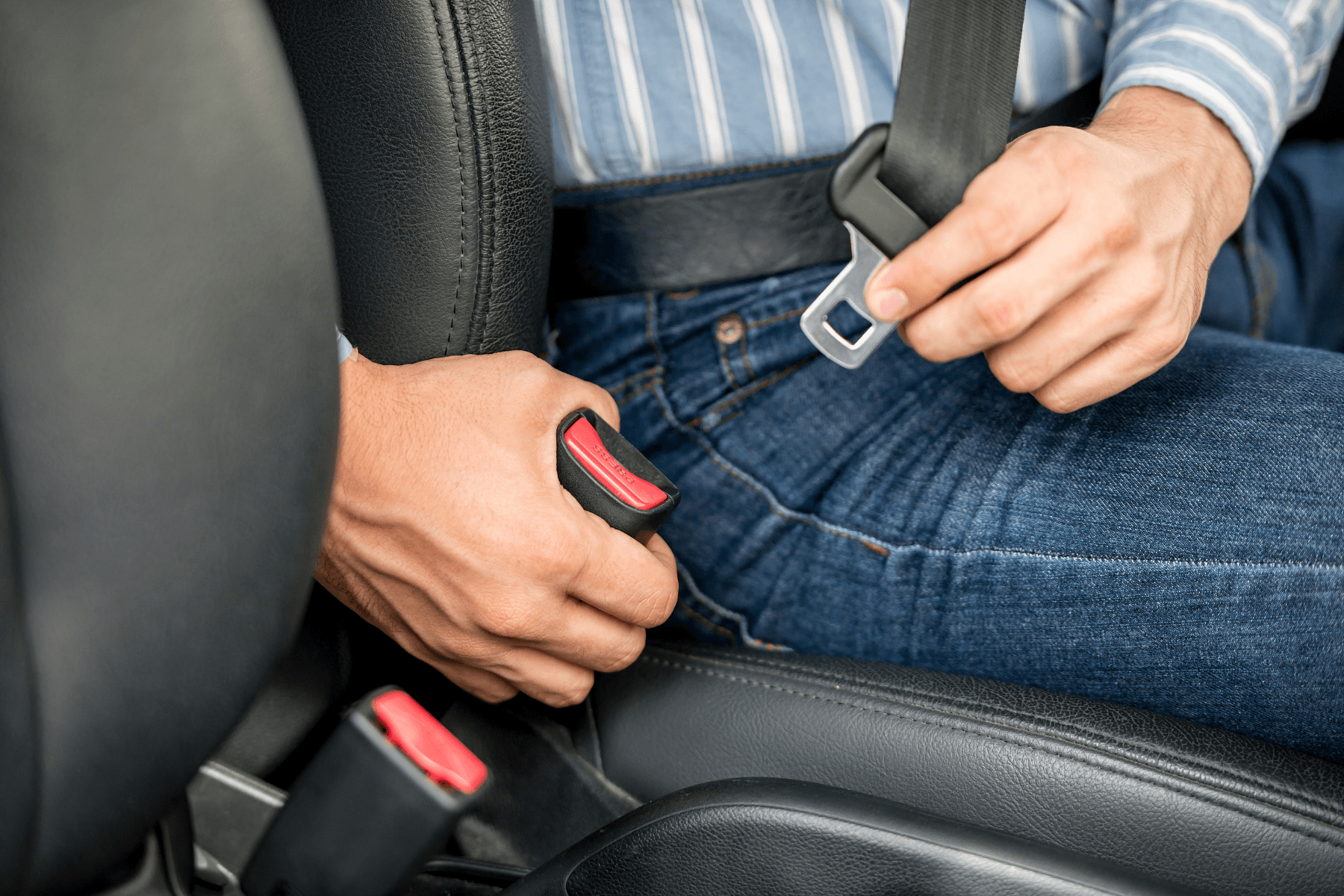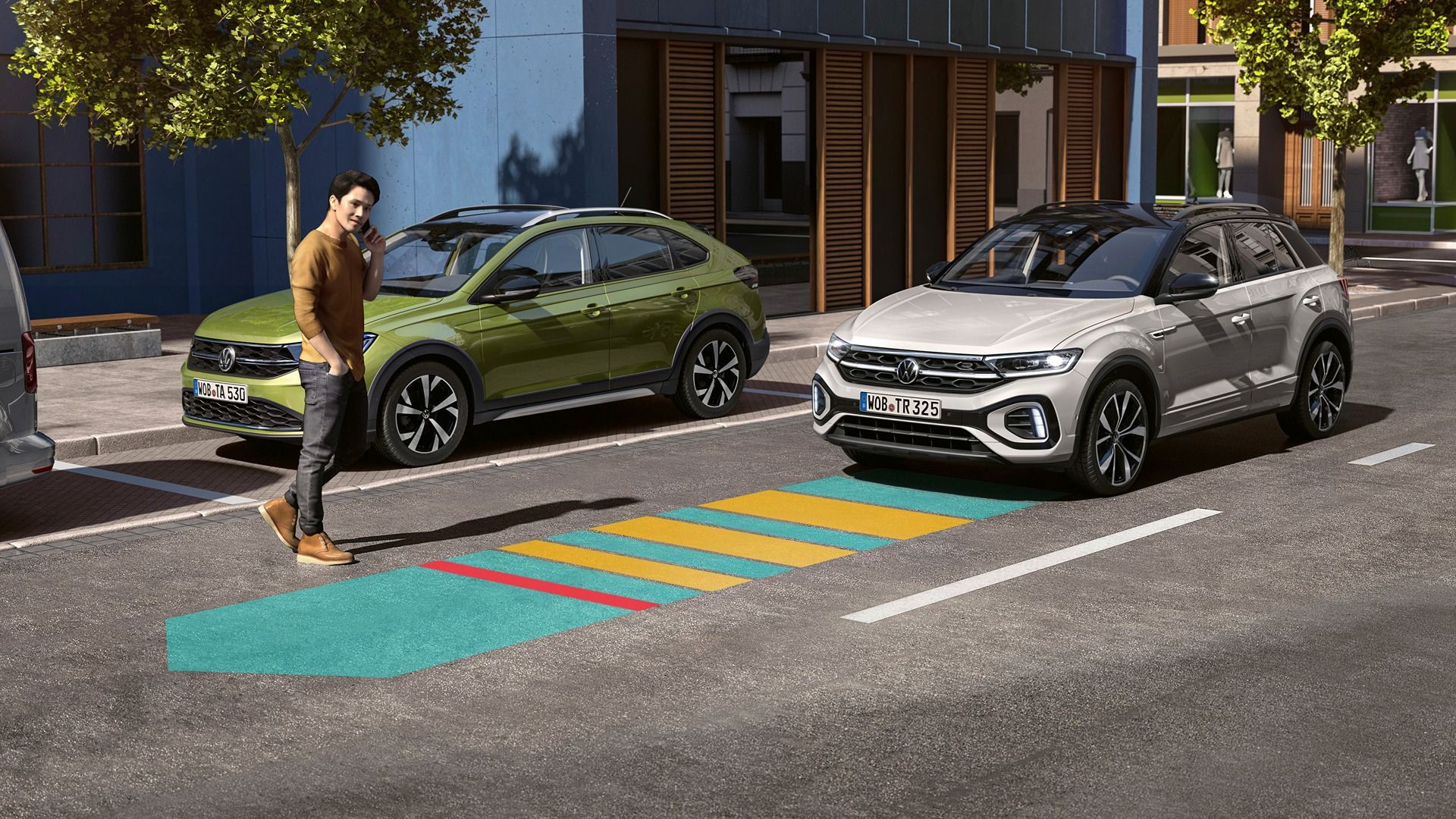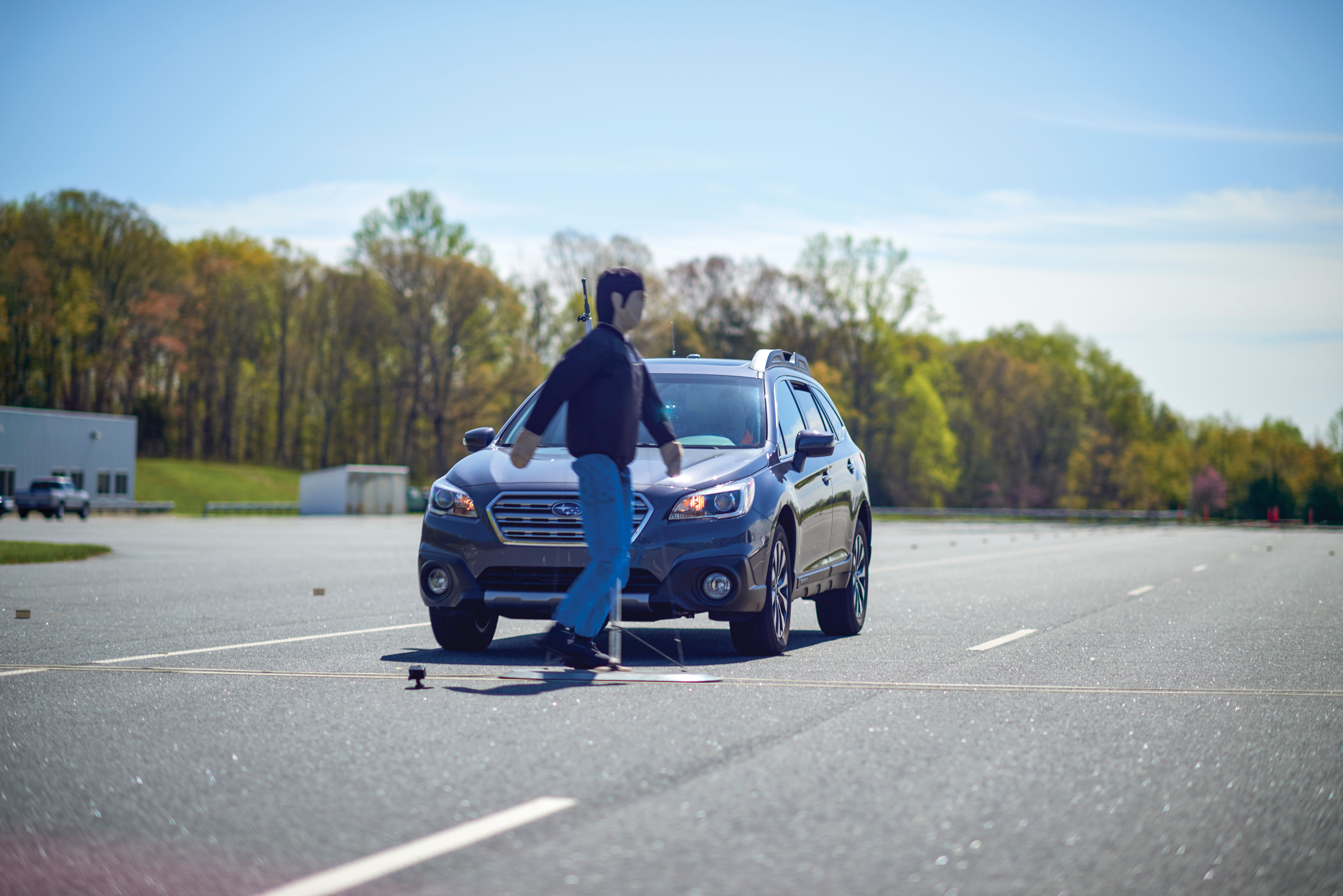NHTSA Makes Automatic Emergency Braking Compulsory From 2029
Key Takeaways
- Mandatory AEB for cars and light trucks in the US from Sept. 2029 to prevent crashes and save lives. (113 characters)
- AEB systems must meet strict requirements, including stopping vehicle contact and detecting pedestrians up to 62 mph. (116 characters)
- AEB to brake automatically up to 90 mph ahead of crash and 45 mph when detecting pedestrians, improving road safety. (120 characters)
The National Highway Traffic Safety Administration (NHTSA) has announced that starting in September 2029, all manufacturers that sell their vehicles in the United States will be required to make automatic emergency braking a standard feature in cars and light trucks. This includes automatic emergency braking for pedestrians as well. The NHTSA says the new Federal Motor Vehicle Safety Standard (FMVSS) is “expected to significantly reduce rear-end and pedestrian crashes.”
Once a luxury feature fitted exclusively to vehicles like the BMW 7 Series, the technology has trickled down to mainstream vehicles such as the Toyota Corolla. But it is still not a mandatory feature, and the NHTSA believes making it compulsory will save at least 360 lives and prevent 24,000 injuries per year.
2024 BMW 7 Series
- Base MSRP
-
$96,400
- Engine
-
3.0L Turbo Inline-6 Gas
- Horsepower
-
375 hp
- Fuel Economy
-
25/31 MPG
AEB Will Have To Meet Strict Requirements
Per the new standard, all cars will be required to “stop and avoid contact with a vehicle in front of them” at speeds up to 62 mph. The system must also be able to detect a pedestrian during the day and in darkness. This means several automakers will have to go back to the drawing board and make multiple improvements to their AEB systems. In a 2022 IIHS evaluation of pedestrian detection systems, several vehicles failed to slow down when confronted with a pedestrian dummy at night.

Related
The Feds Want Mandatory Seatbelt Warnings For Every Seat
When you have to legislate common sense, maybe there’s a bigger problem at play.
The IIHS will also require these systems to brake automatically up to 90 mph ahead of an impending crash and up to 45 mph when it detects a pedestrian in the roadway. This will undoubtedly make our roads safer than before. However, this only affects light vehicles, which means that anything with a gross vehicle weight rating of more than 10,000 lbs is exempt. It’s worth noting that modern safety systems are partly responsible for the ballooning weight of current cars, but the addition of AEB should have a negligible impact in isolation.
Nearly 41,000 People Died On American Roads Last Year
While that weight limit covers most vehicles – including the ridiculously heavy GMC Hummer EV Pickup – cars and trucks are getting consistently heavier, especially in the electric segment. There’s a good chance we may see one or two vehicles surpass this figure, but hopefully, manufacturers are sensible enough to include this vital technology anyway. After all, large trucks and SUVs put pedestrians at higher risk than any other style of passenger vehicle.
US Transport Secretary Pete Buttigieg said the new safety standards will make the roads safer for pedestrians and drivers. While US road fatalities declined in 2023, the latest government estimates show that 40,990 people perished in traffic-related incidents. That’s far too many, and making safety systems such as AEB compulsory will go a long way in reducing this number.
Standard AEB Is A Start, But There Are Other Problems
While driver-assist systems have the ability to save lives and make driving easier, some motorists place too much trust in them. This has resulted in increased distracted driving crashes. Earlier this year, the IIHS evaluated several driver monitoring systems, and only one managed to score an Acceptable rating. Speeding also plays a major factor in US road deaths, and the addition of mandatory automatic braking will hopefully minimize the consequences of irresponsible driving.
“Automatic emergency braking is proven to save lives and reduce serious injuries from front crashes, and this technology is now mature enough to require it in all new cars and light trucks. In fact, this technology is now so advanced that we’re requiring these systems to be even more effective at higher speeds and to detect pedestrians. Most new vehicles already come with AEB, and we expect that many cars and light trucks will be able to meet this standard ahead of the deadline, meaning even more lives will be saved thanks to this technology.”
– Sophie Shulman, NHTSA Deputy Administrator.


